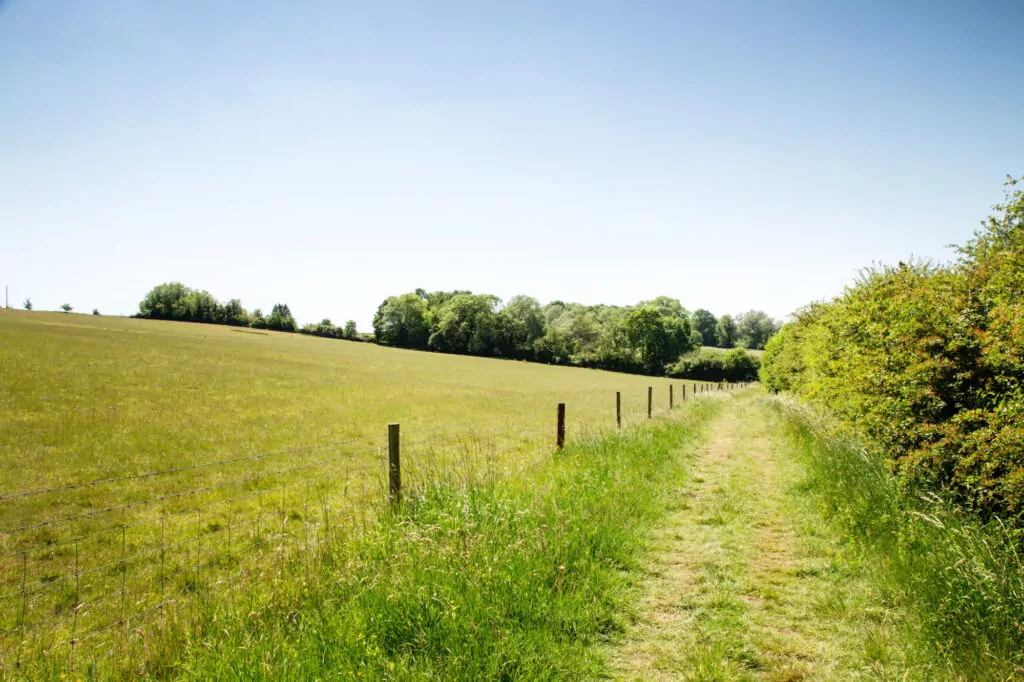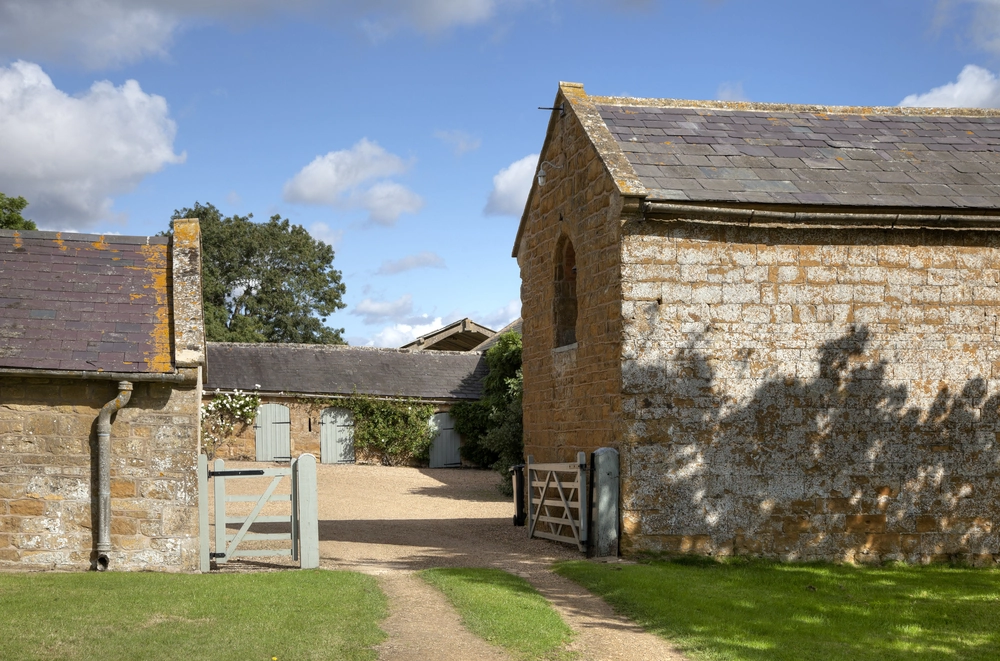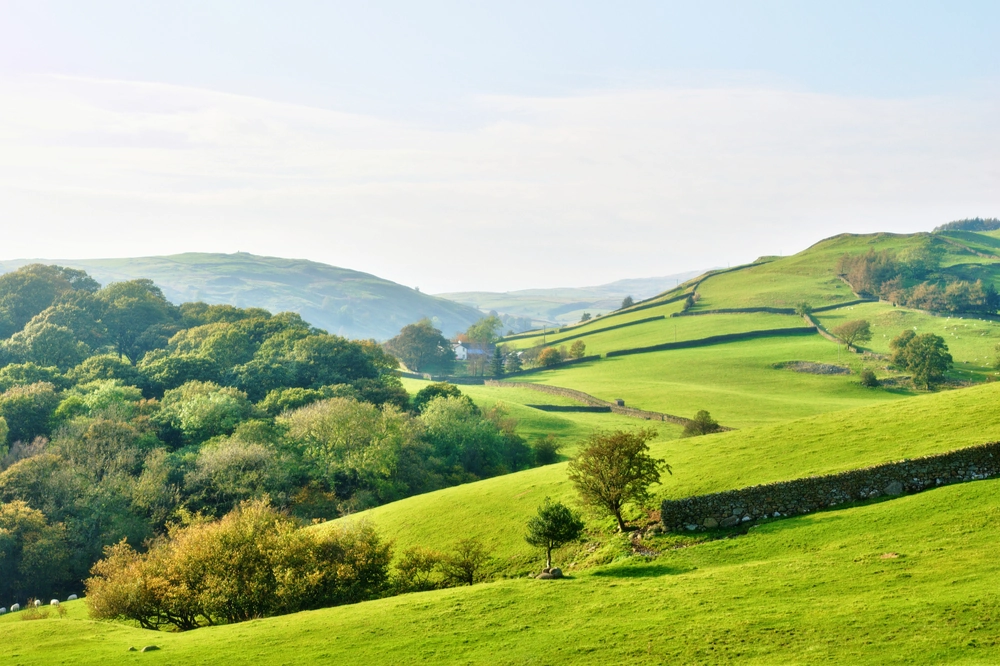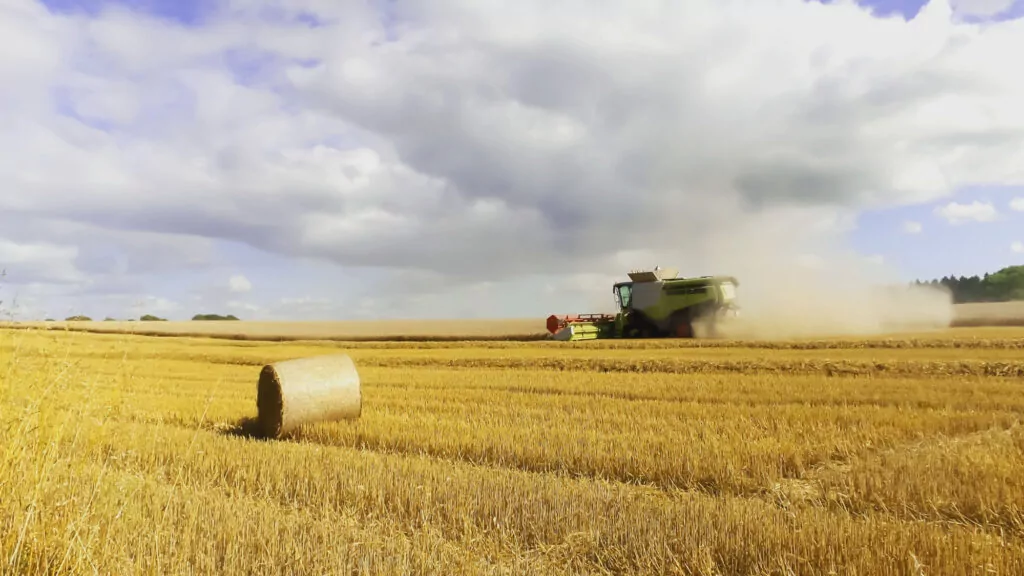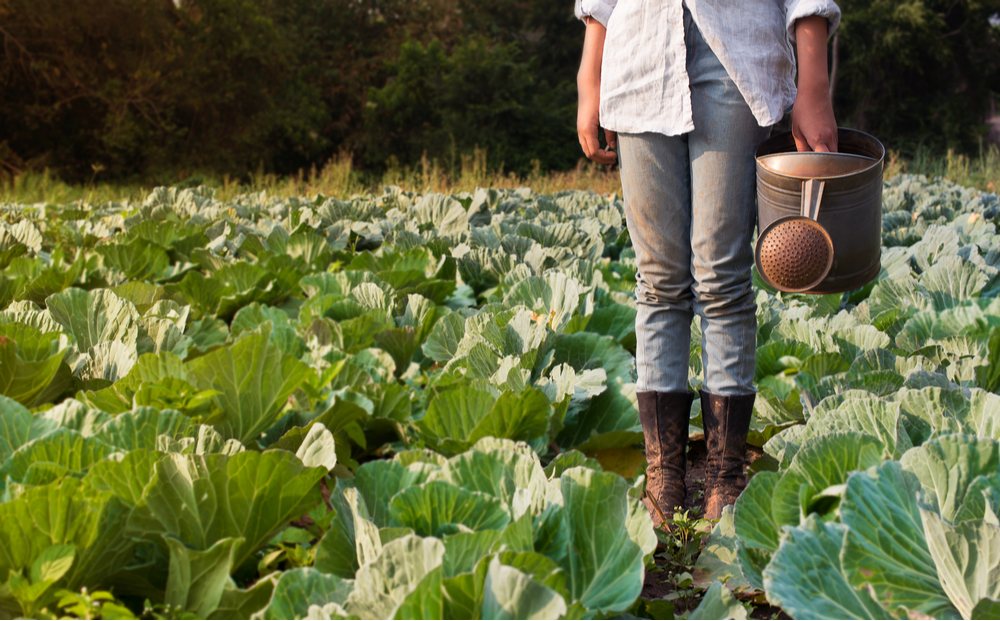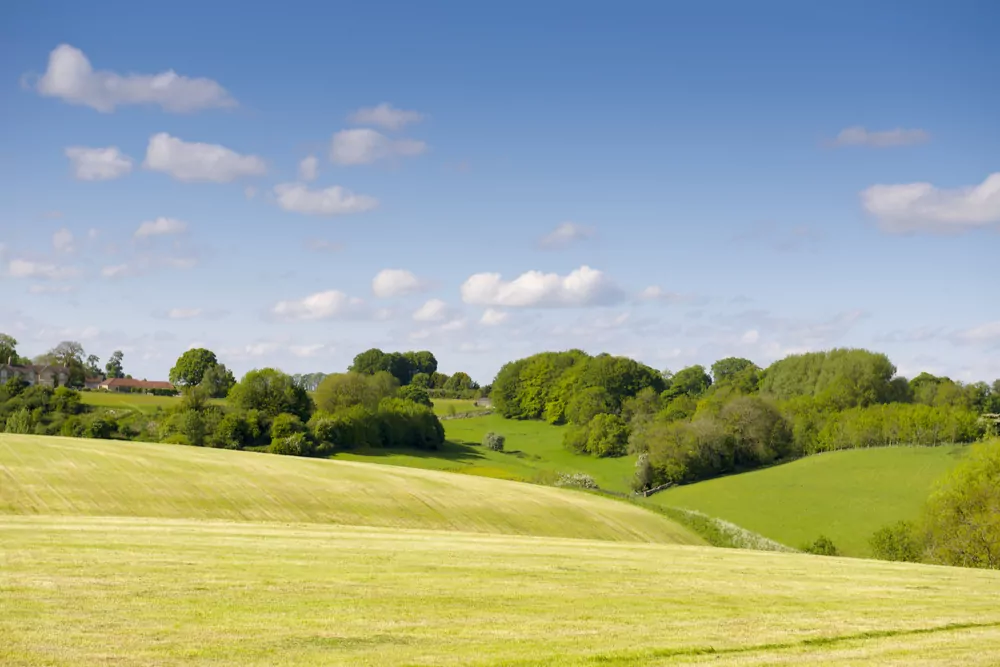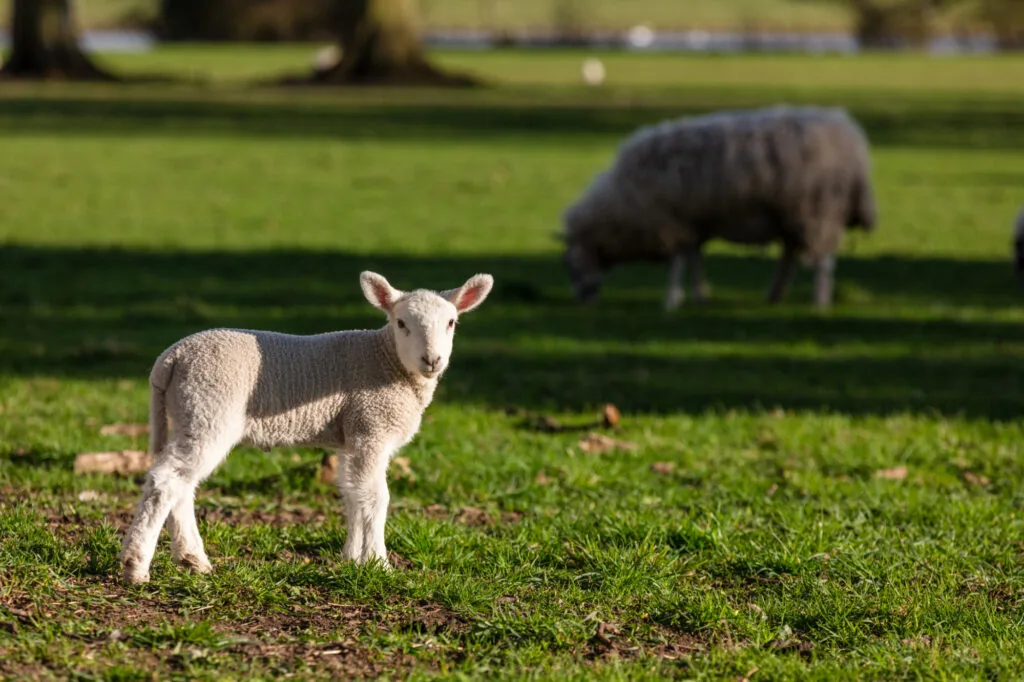What is a site of special scientific interest (SSSI)?
The “30-by-30” target has meant that regulators such as Natural England and Natural Resources Wales are under pressure to designate more land as sites of special scientific interest (‘SSSI’). An SSSI is the designation by law of an area of land that is of special scientific interest for its flora, fauna, geological or physiographical features under section 28(1)(b) of the Wildlife and Countryside Act 1981 (‘WCA 1981’).
SSSIs exist to give legal protection to the most important sites for wildlife, geology and landform in England and Wales. The owners and occupiers of SSSIs are restricted in what they can do to and, on the land, and must manage the land in a way that does not cause any damage to it.



